-
 Bitcoin
Bitcoin $116400
0.87% -
 Ethereum
Ethereum $3819
3.86% -
 XRP
XRP $3.048
1.62% -
 Tether USDt
Tether USDt $1.000
0.03% -
 BNB
BNB $777.2
0.60% -
 Solana
Solana $169.3
0.46% -
 USDC
USDC $0.0000
0.02% -
 TRON
TRON $0.3414
2.06% -
 Dogecoin
Dogecoin $0.2126
3.33% -
 Cardano
Cardano $0.7527
1.21% -
 Hyperliquid
Hyperliquid $38.86
1.02% -
 Sui
Sui $3.683
5.27% -
 Stellar
Stellar $0.4048
1.45% -
 Chainlink
Chainlink $17.91
6.62% -
 Bitcoin Cash
Bitcoin Cash $576.9
1.29% -
 Hedera
Hedera $0.2487
1.03% -
 Ethena USDe
Ethena USDe $1.001
-0.01% -
 Avalanche
Avalanche $22.46
1.07% -
 Litecoin
Litecoin $120.8
1.69% -
 UNUS SED LEO
UNUS SED LEO $8.963
-0.30% -
 Toncoin
Toncoin $3.301
2.33% -
 Shiba Inu
Shiba Inu $0.00001250
1.13% -
 Uniswap
Uniswap $10.06
3.45% -
 Polkadot
Polkadot $3.731
1.56% -
 Dai
Dai $1.000
0.01% -
 Bitget Token
Bitget Token $4.416
1.58% -
 Cronos
Cronos $0.1482
3.73% -
 Monero
Monero $250.0
-12.34% -
 Pepe
Pepe $0.00001075
2.16% -
 Aave
Aave $274.6
4.17%
How is the funding rate calculated for perpetual futures?
Perpetual futures use funding rates to align contract prices with spot prices, where longs pay shorts (or vice versa) every 8 hours based on market premiums.
Aug 07, 2025 at 11:36 pm
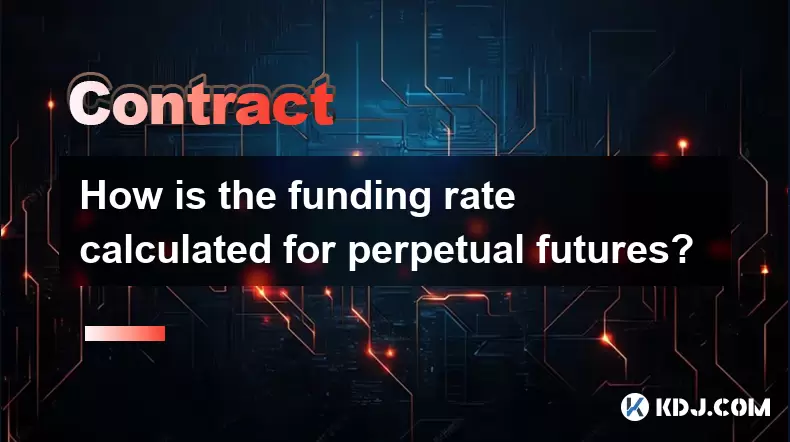
Understanding the Basics of Perpetual Futures
Perpetual futures are a type of derivative contract that does not have an expiration date, allowing traders to hold positions indefinitely. Unlike traditional futures contracts, which settle on a specific date, perpetual futures remain active as long as the trader maintains the required margin. To ensure that the price of the perpetual contract stays close to the underlying asset’s spot price, exchanges use a mechanism known as the funding rate. This mechanism incentivizes traders to balance long and short positions by periodically transferring payments between them. The funding rate is crucial because it prevents the contract price from deviating significantly from the index price of the underlying asset.
Components of the Funding Rate Formula
The funding rate is typically composed of two parts: the interest rate component and the premium component. The interest rate component reflects the cost of holding the underlying asset versus holding cash, often based on the difference between the USD interest rate and the cryptocurrency’s implied yield. However, in most crypto perpetual futures markets, this component is negligible or set to zero because digital assets do not generate yield in the same way traditional assets do. The more significant part is the premium component, which adjusts based on the difference between the perpetual contract’s market price and the underlying spot index price. This premium is calculated using a formula that includes the index price, the mark price, and a clamp mechanism to limit extreme values.
The formula for the premium is generally expressed as:
Premium = max(0, (Mark Price – Index Price) / Index Price) – max(0, (Index Price – Mark Price) / Index Price)
This ensures that if the contract trades above the index, the premium is positive, and if it trades below, the premium is negative. Exchanges often apply a clamp to this value to prevent excessive funding rates, typically limiting it to a range such as ±0.05%.
How Funding Rate is Applied on Exchanges
Different exchanges implement the funding rate mechanism with slight variations, but the core logic remains consistent. The funding rate is recalculated at regular intervals—commonly every 8 hours on platforms like Binance, Bybit, and OKX. At each funding timestamp, the exchange determines the rate based on the latest mark and index prices. The mark price is not the last traded price but a fair price derived from a combination of the spot index and a funding buffer, designed to prevent manipulation.
When the funding rate is positive, long position holders pay short position holders. This occurs when the perpetual contract trades at a premium to the spot market, indicating excessive long-side demand. Conversely, when the funding rate is negative, short holders pay longs, which happens when the contract trades at a discount, signaling stronger short interest. The payment is automatically deducted or credited from the trader’s wallet at the funding timestamp, and only those holding positions at the exact moment of the funding interval are charged or receive payments.
Step-by-Step Calculation Example
To illustrate how the funding rate is calculated, consider the following scenario on a hypothetical exchange:
Index Price (BTC/USD): $40,000
Mark Price (BTC Perpetual): $40,300
Interest Rate Component: 0%
Clamp Range: ±0.05%
Calculate the premium:
(40,300 – 40,000) / 40,000 = 0.0075 (or 0.75%)
Since the mark price is higher, the premium is positive.Apply the clamp:
The raw premium of 0.75% exceeds the maximum allowed of 0.05%, so the exchange caps it at 0.05%.Add the interest rate component:
0% + 0.05% = 0.05%The final funding rate is 0.05%.
Longs will pay shorts 0.05% of their position value at the next funding interval.
This process repeats every funding period. Traders can view the upcoming funding rate in advance on most platforms, allowing them to anticipate costs or potential income from holding positions.
Where to Find Funding Rate Information
Most cryptocurrency derivatives exchanges provide real-time funding rate data on their trading interfaces. On Binance, for example, the funding rate is displayed beneath the order book on the futures trading page. Bybit shows it in the contract details section, along with the next funding time. These platforms also publish historical funding rates, which traders can analyze to identify trends—such as consistently high positive rates indicating prolonged bullish sentiment.
Traders can also access funding rate data through APIs. For instance, the Binance Futures API endpoint /fapi/v1/premiumIndex returns the current mark price, index price, and estimated funding rate. Developers can integrate this into trading bots to automate strategies based on funding conditions. Monitoring these rates helps traders avoid holding positions during periods of high negative or positive funding, which can erode profits over time.
Impact of Funding Rate on Trading Strategy
The funding rate directly affects the cost of carrying a position. A trader holding a long position in a market with a persistently positive funding rate will incur regular payments, effectively increasing their break-even price. Conversely, a short seller in a negative funding environment receives payments, reducing their effective cost. Sophisticated traders use funding rate arbitrage strategies, such as opening a long on a perpetual with negative funding while shorting the spot market, to capture the funding payment with minimal directional risk.
Some traders also monitor funding rates as a sentiment indicator. Extremely high positive rates may suggest over-leveraged long positions, potentially signaling a market top. Similarly, deeply negative rates can indicate excessive shorting, which might precede a short squeeze. However, these interpretations require context and should not be used in isolation.
FAQs
What happens if I close my position before the funding timestamp?
If you close your position before the funding interval occurs, you are not charged or paid any funding. Only traders who hold a position at the exact moment of the funding timestamp are affected.
Can the funding rate be zero?
Yes, the funding rate can be zero when the perpetual contract’s mark price is very close to the index price and the premium component falls within the clamp range’s neutral zone. This indicates balanced market conditions between longs and shorts.
Do all perpetual futures contracts have the same funding frequency?
No, funding intervals vary by exchange and sometimes by contract. Most major platforms use an 8-hour funding period, typically at 00:00 UTC, 08:00 UTC, and 16:00 UTC, but some niche platforms may use 1-hour or 12-hour cycles.
Is the funding rate the same across all exchanges?
No, the funding rate differs between exchanges due to variations in mark price calculation, liquidity, and trading volume. Arbitrageurs often monitor these differences to exploit temporary discrepancies.
Disclaimer:info@kdj.com
The information provided is not trading advice. kdj.com does not assume any responsibility for any investments made based on the information provided in this article. Cryptocurrencies are highly volatile and it is highly recommended that you invest with caution after thorough research!
If you believe that the content used on this website infringes your copyright, please contact us immediately (info@kdj.com) and we will delete it promptly.
- Pi Coin's dApp and AI Potential: Building a Decentralized Future
- 2025-08-08 02:30:12
- Bitcoin, Greenidge, and Liquidity: Navigating the Crypto Currents in NYC
- 2025-08-08 02:30:12
- Crypto Phishing Alert: $3 Million USDT Loss Highlights DeFi Risks
- 2025-08-08 01:10:12
- Crypto Presale Mania: Is Punisher Coin the High ROI King?
- 2025-08-08 01:10:12
- Online Betting, Platforms & Crypto Access: What's Hot in 2025
- 2025-08-08 00:50:12
- Layer Brett: The Meme Coin Primed for 100x Gains?
- 2025-08-08 01:50:12
Related knowledge
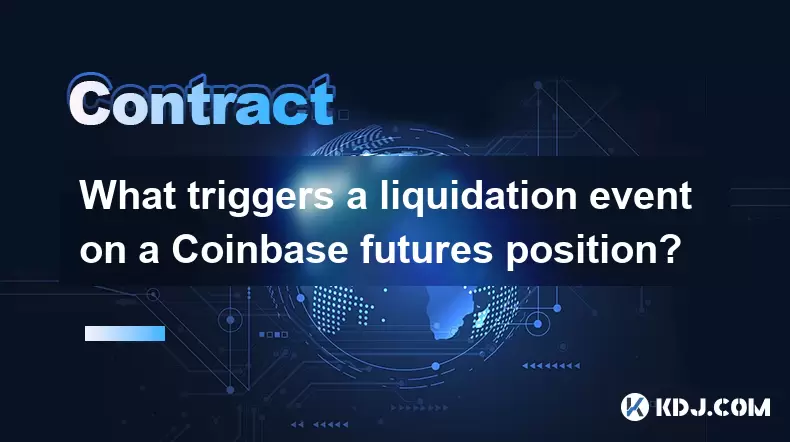
What triggers a liquidation event on a Coinbase futures position?
Aug 08,2025 at 01:15am
Understanding Futures Contracts on CoinbaseFutures contracts on Coinbase allow traders to speculate on the future price of a cryptocurrency, such as B...
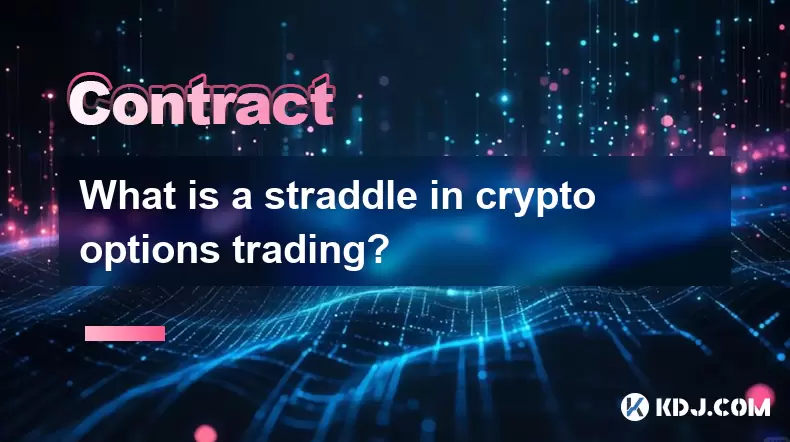
What is a straddle in crypto options trading?
Aug 07,2025 at 11:15pm
Understanding the Basics of a Straddle in Crypto OptionsA straddle is an options trading strategy used when a trader expects significant price movemen...

How is the funding rate calculated for perpetual futures?
Aug 07,2025 at 11:36pm
Understanding the Basics of Perpetual FuturesPerpetual futures are a type of derivative contract that does not have an expiration date, allowing trade...
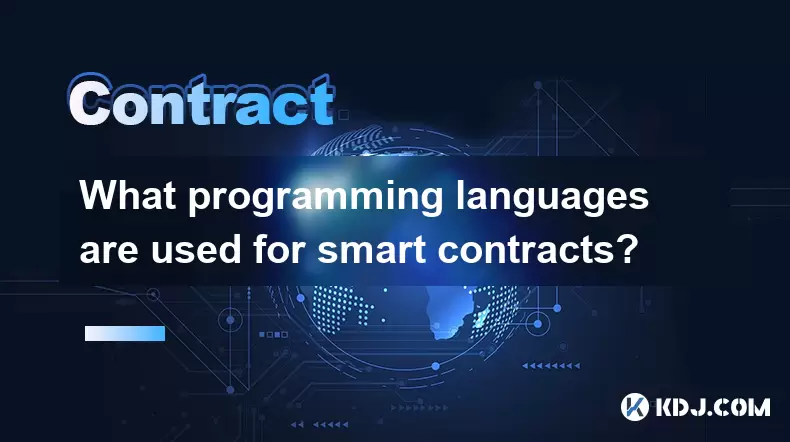
What programming languages are used for smart contracts?
Aug 07,2025 at 06:07pm
Understanding Smart Contracts and Their Execution EnvironmentSmart contracts are self-executing programs deployed on blockchain networks that automati...
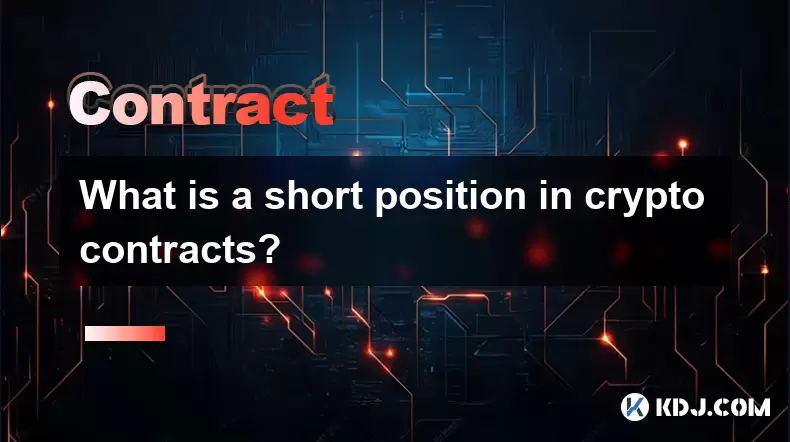
What is a short position in crypto contracts?
Aug 07,2025 at 11:42pm
Understanding the Concept of a Short Position in Crypto ContractsA short position in crypto contracts refers to a trading strategy where a trader prof...
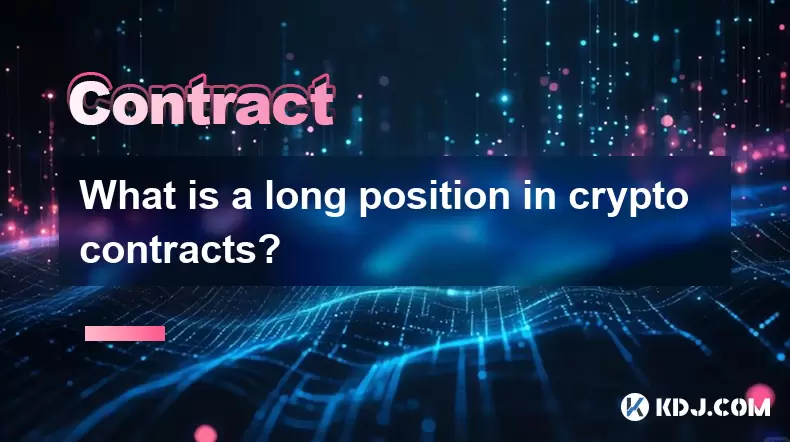
What is a long position in crypto contracts?
Aug 07,2025 at 06:29pm
Understanding the Concept of a Long Position in Crypto ContractsA long position in crypto contracts refers to a trading strategy where a trader buys a...

What triggers a liquidation event on a Coinbase futures position?
Aug 08,2025 at 01:15am
Understanding Futures Contracts on CoinbaseFutures contracts on Coinbase allow traders to speculate on the future price of a cryptocurrency, such as B...

What is a straddle in crypto options trading?
Aug 07,2025 at 11:15pm
Understanding the Basics of a Straddle in Crypto OptionsA straddle is an options trading strategy used when a trader expects significant price movemen...

How is the funding rate calculated for perpetual futures?
Aug 07,2025 at 11:36pm
Understanding the Basics of Perpetual FuturesPerpetual futures are a type of derivative contract that does not have an expiration date, allowing trade...

What programming languages are used for smart contracts?
Aug 07,2025 at 06:07pm
Understanding Smart Contracts and Their Execution EnvironmentSmart contracts are self-executing programs deployed on blockchain networks that automati...

What is a short position in crypto contracts?
Aug 07,2025 at 11:42pm
Understanding the Concept of a Short Position in Crypto ContractsA short position in crypto contracts refers to a trading strategy where a trader prof...

What is a long position in crypto contracts?
Aug 07,2025 at 06:29pm
Understanding the Concept of a Long Position in Crypto ContractsA long position in crypto contracts refers to a trading strategy where a trader buys a...
See all articles

























































































